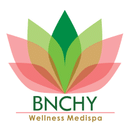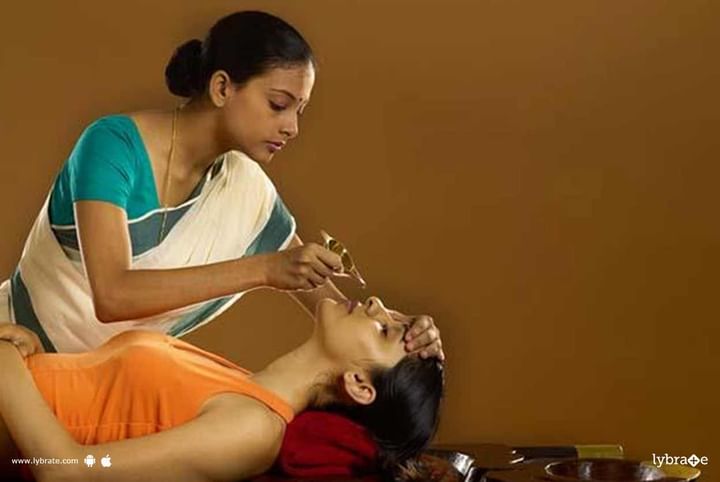Nasya Therapy - How Does It Benefit You?
Nasya is an Ayurvedic term, a procedure followed for disorders related to migraine, throat, nose, ear, sinusitis and any other organ above the neck. Ayurveda purifies these organs and removes vitiated doshas through the nasal openings. The nasal treatment happens in the form of medicated powders, medicinal fumes, nasal oil or medicated juice.
Efficacy of the treatment:
This form of treatment is tailor made for disease related to ENT and Eye ailments. The treatment aims at getting the toxins removed from the neck and head region by administering oil through the nasal cavity. Other areas where Nasya can be applied to get good results include psychiatry, dentistry, and neurology.
Types of Nasya:
As per function, there are 3 different types of Nasya Brihmana nasya, Virechana nasya and Shamana nasya. As per quality, Nasya can be divided into 2 categories i.e. Pratimarsha nasya and Marsha nasya. Some other popular nasal therapy treatment includes the following:
- Navana: When Nasya is meant for Shodhana or Snehana, it is termed as Navana. This is the most common type of Navana and is used for hair fall, headaches and bells palsy tinnitus.
- Pradhamana: This is a procedure where dry powders get blown into the nostrils through a narrow pipe. It can also be inhaled. Diseases such as epilepsy, sudden unconsciousness and any other diseases related to the brain are treated through this method. Some other herbs that are used along with this method of treatment include vacha, vidanga, maricha etc.
- Avapeedana: In this form of Nasys, juice extracts are injected into the nostrils. 4-6 drops of juice for each nostril are required. This treatment is ideal for patients suffering from poisoning, epilepsy, delirium, rhinitis etc.
- Dhooma: This form of Nasya has 3 subtypes- virechanik, prayogik and snehaik. In Dhooma, a patient is made to inhale medicated fume from both the mouth and nostrils for 3-4 times. The exhalation should only happen from the mouth.
Herbs used in Nasya Karma:
Some common herbs that is used for preparing any nasya preparation include apamarg, vidanga, hingu, tulasi, maricha and lahsuna. Some common oil preparation of Nasya includes anu, narayana, marichyadi, guraadi, shadbindu etc. A common preparation of Nasya is known as guraadi that include herbs such as shunthi, pippali, and saindhava.
Benefits of Nasya treatment:
There are numerous benefits of nasya treatment, some of the notables ones include:
- It develops and strengthens the shoulders, chest, skin, and neck.
- The sensory organs become much stronger after nasya therapy of 3-4 weeks.
- Any person witnessing grey hair can get rid of it with regular nasya treatment.
- Nasal medication also strengthens the visual site of a person.



+1.svg)
